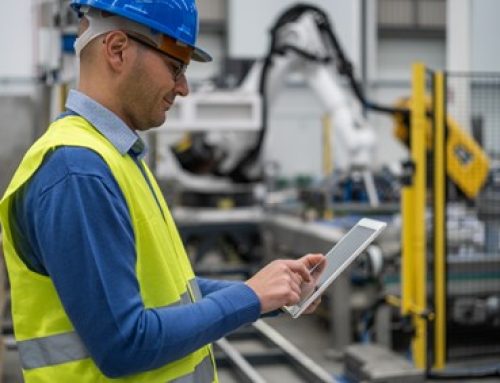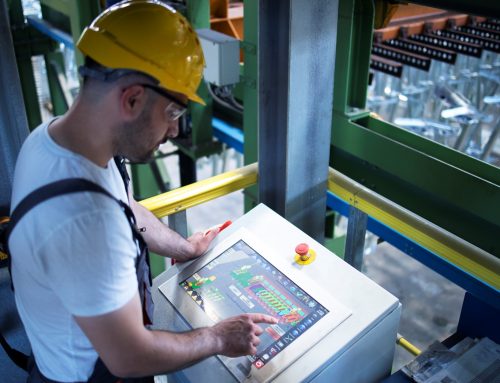Needing to reduce equipment failures and repair time? So read this article and understand what MTBF and MTTR are and how to improve these indexes.
Mean Time Between Failures (MTBF) and Mean Time To Repair (MTTR) are two of the main indicators of availability in a production system. Together, they provide a comprehensive measure of the quality and reliability of a product or service. But do you know what MTBF and MTTR are and how to improve these metrics in your company?
While these indicators are important, it is common for companies to struggle to improve them. In this article, we’ll cover three ways you can improve your MTBF and MTTR indicators.
What is MTBF and MTTR?
Mean Time Between Failure (MTBF) and Mean Time To Repair (MTTR), are crucial indicators for assessing the quality of services and products and the effectiveness of maintenance.
The MTBF measures the average expected time for individual failures, and MTTR measures the time required to repair or resolve these failures. Both make up the calculation called Availability Rate, which is the main factor for understanding and improving the performance of products and services.
Why is it important to improve your MTBF and MTTR indicators?
Improving MTBF and MTTR indicators is important to ensure that a system/equipment is operational longer, which can help save time and money.
In addition, by focusing on improving these indicators, we can increase system reliability and decrease the number of failures. This results in lower downtime and higher productivity.
Check out 3 ways to improve your MTBF and MTTR indicators
1. Identify the most frequent causes of failure
It is important for any company to identify the main causes of equipment failure, not only to keep its business active but also to reduce maintenance costs.
In addition, failure analysis can also assist in identifying internal problems such as lack of maintenance, poor installation, and manufacturing defects. With this, it is possible to create an effective control system and prevent future errors in the equipment.
2. Minimize repair time of damaged equipment
Industrial and processing equipment is a critical part of the modern industry, but they can have flaws and defects that need to be repaired. It is important to reduce the time lost with repairs so that the equipment will return to operation as soon as possible.
To optimize repair time, a good understanding of what causes failures should be had by means of data analysis, prevention mechanisms, and a team properly trained to identify and correct failures.
In addition, it is important to follow preventive maintenance practices and perform routine tests that help detect problems before they affect the equipment. Thus, it is possible to significantly reduce repair time of damaged equipment, provide less downtime, and increased reliability and safety to assets.
3. Maximize the availability of production-critical equipment
When equipment failures occur, downtime costs the company money and precious hours, which leads to significant losses. Therefore, it is important to take preventive measures to increase the availability of critical equipment for production.
Preventive maintenance and proactive monitoring for fault detection are essential to reduce the likelihood of catastrophic failures that can stop a production. Managing maintenance systems and automating inventory processes can also help increase the availability of production-critical equipment.
By identifying fault patterns, the company can find out what is causing these failures and take steps to fix them. Finally, the company should consider adopting a maintenance culture that encourages employees to perform maintenance tasks efficiently in order to increase equipment availability.
With the use of these tools, companies are able to reduce failures, significantly increase the availability of critical equipment for production and improve MTBF and MTTR indicators.
Now that you understand what MTBF and MTTR is, request a Manusis4 demo and learn how this solution can help you improve your maintenance processes!






Leave A Comment